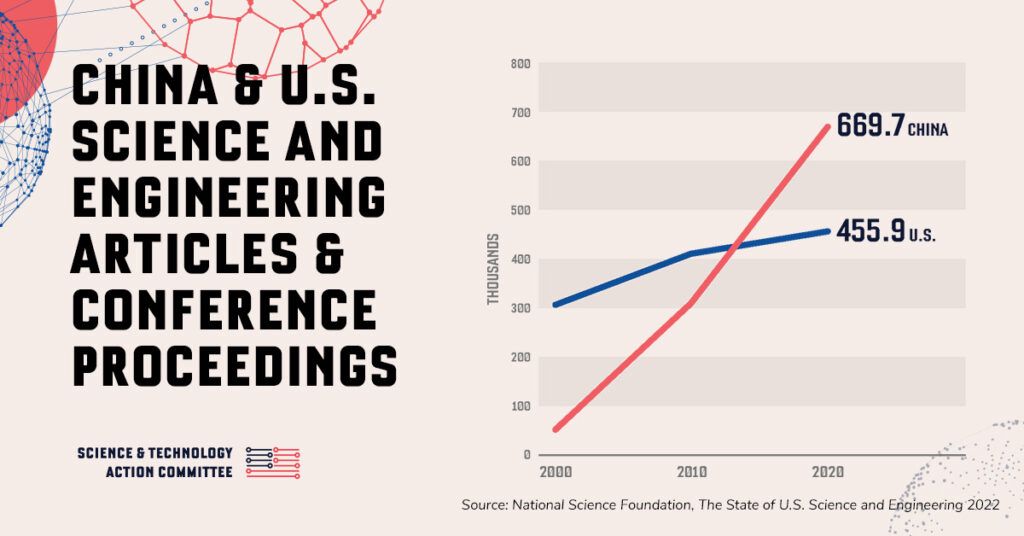
Jerome Cody
shared a media post in group #ScholER via #A Glance of China 行摄中国
The contrasting attitudes adopted by world leaders toward science today might be an indication of which countries will take the lead in scientific research and where scientists will feel comfortable conducting research.
In the United States, President Donald Trump proposed massive and unprecedented budget cuts for major federal science agencies at the start of this month.
The budget cuts target the nation's leading science funders, slashing spending by 37 per cent at the National Institutes of Health and more than 50 per cent at the National Science Foundation.
They have also reduced Nasa's science budget by more than half as part of a proposal that the Trump administration said would “refocus Nasa on beating China back to the Moon and putting the first human on Mars”.
While funding for research into climate change and new green technology has taken a hard hit, the budget’s stated aim is to “maintain US competitiveness in priority areas such as high-performance computing, artificial intelligence, quantum information science, fusion and critical minerals.”
The ongoing funding freeze has resulted in frustration among those in US science communities, with some expressing concerns that the US is falling behind China in scientific investment.
Evolutionary microbiologist Vaughn Cooper at the University of Pittsburgh said that “academics have been left feeling handicapped in our efforts to oppose the Trump administration’s attacks on the National Institutes of Health and science more broadly”.
“Will my grant be reviewed anytime this year? Will we accept graduate students? Will I have a job next semester?” he asked in an article he wrote in a personal capacity for the science publishing platform eLife in March.
Cooper added that the need to maintain America’s global leadership in science and technology was “perhaps the most potent argument to build American research rather than cut it”.
“Government funding for research and development is just 0.7 per cent of GDP, compared to 1.9 per cent in 1964, and the US will soon fall behind China in total [research and development].
“Americans from a range of professions believe the US has already ceded its global leadership in science, or will do so soon,” he wrote.
While some scientists have soldiered on with advocating for the continued funding of scientific research in the US, others are looking to other locations to continue their research.
In a Nature poll in March, three quarters of the 1,600 scientists in the US surveyed said they are “considering leaving the country following the disruptions to science prompted by the Trump administration”, with Europe and Canada as the top relocation choices.
European leaders are taking full advantage of this potential brain drain – they are doubling down on its efforts to lure overseas scientists to bolster its scientific sector.
On Monday, the European Commission launched the “Choose Europe for Science” campaign. President Ursula von der Leyen pledged that science in Europe would “remain open and free” and announced a two-year €500 million package “to make Europe a magnet for researchers”.
“We want Europe to continue to be at the forefront of fundamental research,” she said, adding that it aims to become a leader in key technologies, spanning AI, quantum, space, semiconductors, microelectronics, digital health, genomics and biotechnology. “We want scientists, researchers, academics and highly skilled workers to choose Europe,” she said.
Europe’s current appeal seems to show how the tables have turned since the era before World War II.
When Albert Einstein moved to the United States in 1933 after fleeing Nazi Germany, he said: “As long as I have any choice in the matter, I will live only in a country where civil liberty, tolerance and equality of all citizens before the law are the rule.”
The theoretical physicist took up a position at the Institute for Advanced Study, located in Princeton, New Jersey, and became a United States citizen in 1940.
Meanwhile in China, the country’s growing scientific strength has made it an increasingly attractive destination for leading scientists in recent years, a trend that the SCMP science team is closely following.
Most recently, retired Harvard University chemist and nanoscientist Charles Lieber joined Tsinghua University as a chair professor and will conduct research in the southern city of Shenzhen.
China’s rising scientific progress has become apparent in recent years, with the country surpassing the US in contributions to research articles published in the Nature Index group of high-quality natural-science journals in 2022. China went on to overtake the US in the number of its high-level science and technology experts, the Post reported in January.
China also runs mega science infrastructure such as the self-built Tiangong space station, the world’s biggest radio telescope, FAST, and the Jiangmen Underground Neutrino Observatory, one of the world’s most powerful experiments to uncover neutrino mysteries. Construction on the observatory will be complete this year, providing its scientists with unique opportunities to pursue scientific inquiry.
As the US steps back from global leadership in science and technology, our team will continue to monitor the shifts that could redistribute scientific talent and influence and reshape the future of global scientific leadership and progress.
#ScholER
#Science is awesome 🧬🦾🚀🤯
#Data is beautiful

